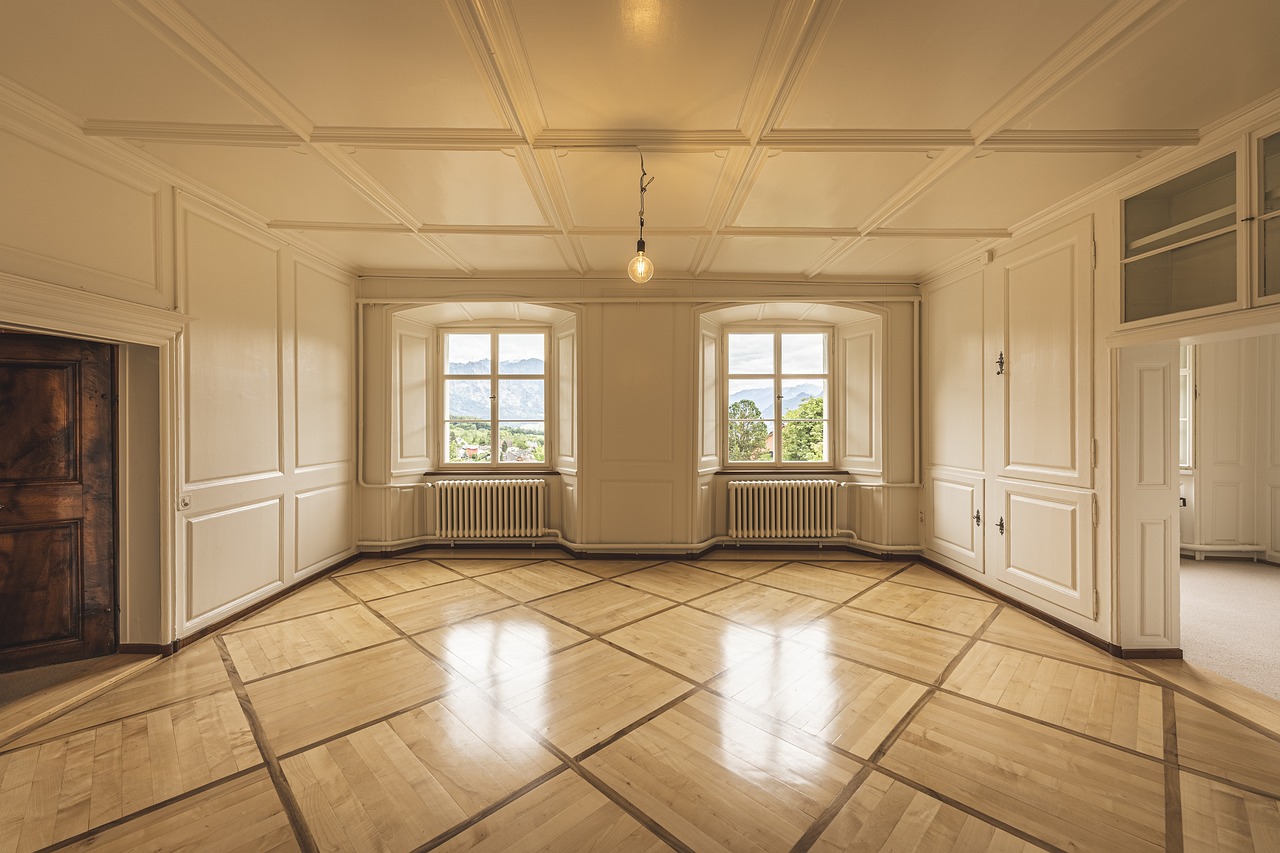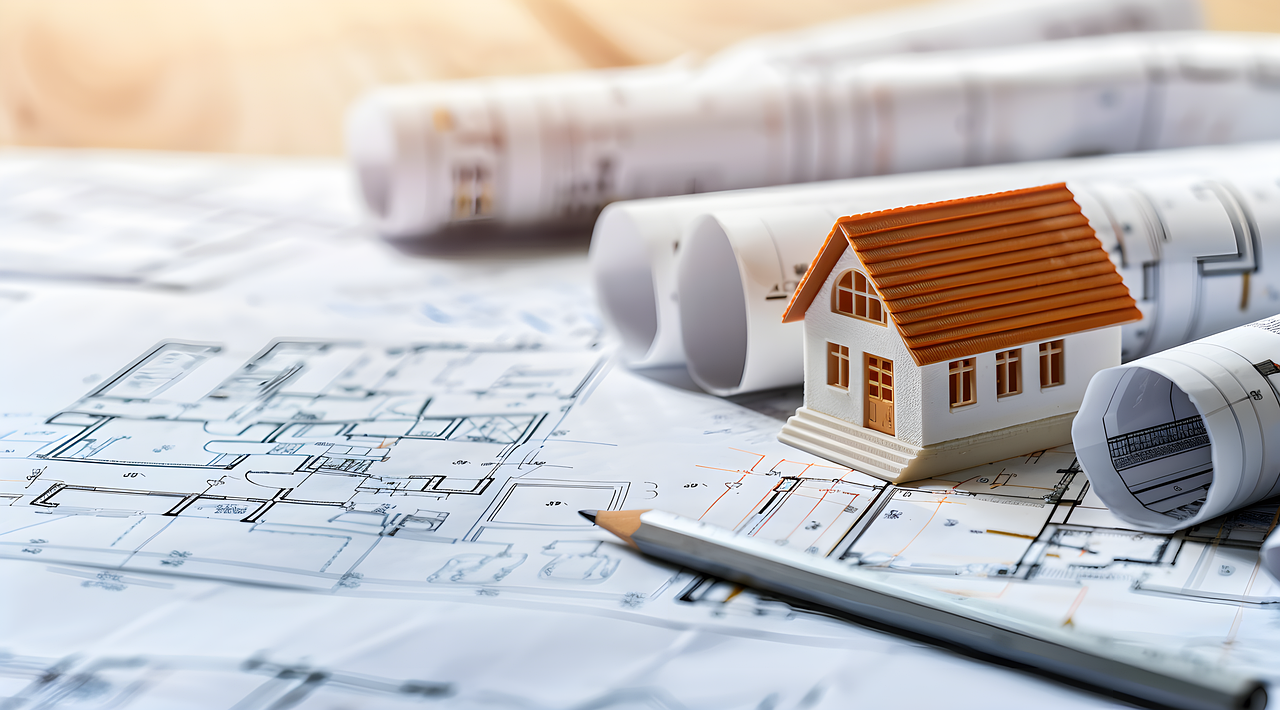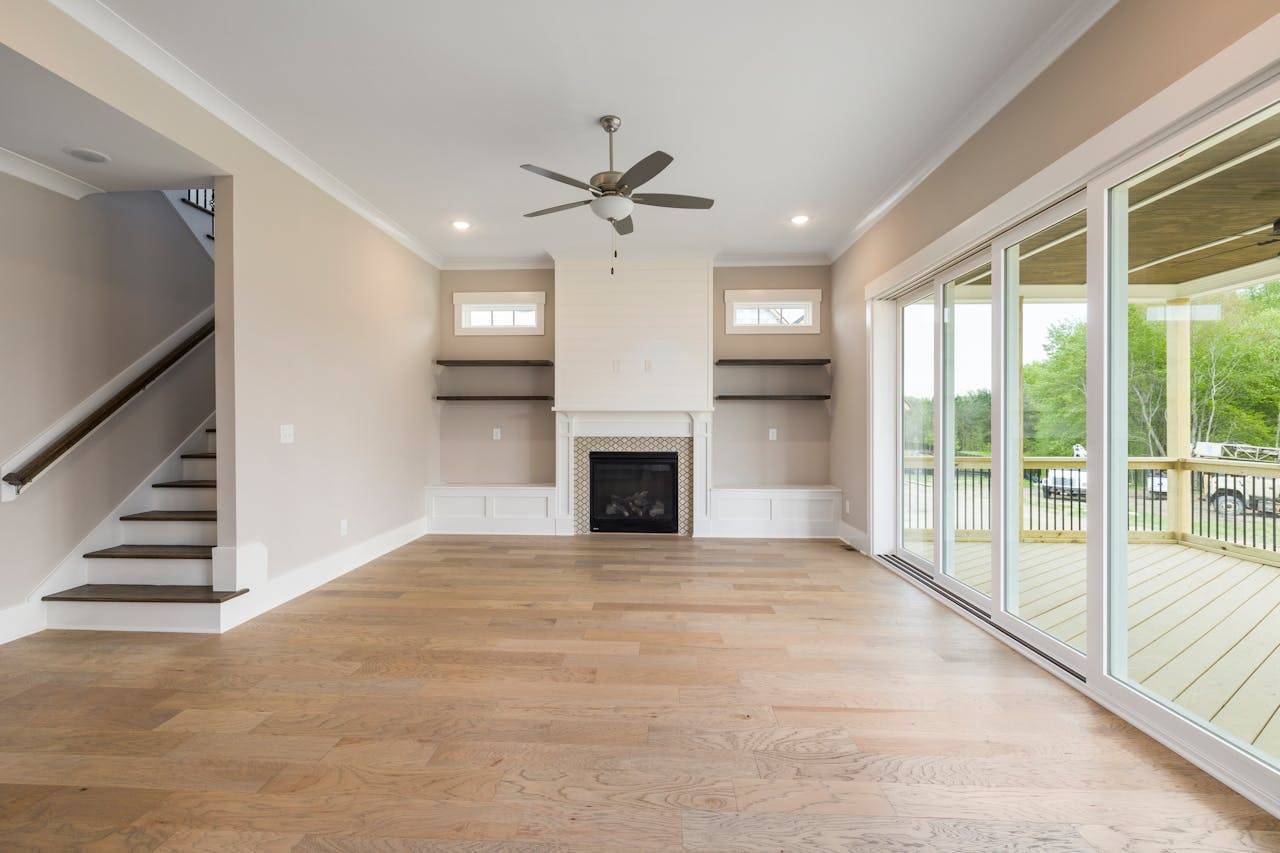When purchasing or renting a property in India, one term you'll frequently encounter is "carpet area." While it may sound simple, the concept of carpet area is crucial for making informed real estate decisions. But what does it really mean, and why is it so significant for prospective buyers and renters?
What is a Carpet Area?
In real estate, the term "carpet area" refers to the actual usable space within the walls of an apartment or home, excluding areas such as the external walls, service shafts, balconies, verandas, and terraces. However, it does include the internal partition walls within the apartment. This distinction makes carpet area an essential metric for understanding the true space available for living.
RERA, the regulatory body established under the Real Estate (Regulation and Development) Act, 2016, mandates that developers disclose the carpet area of a property in all real estate projects. This was a significant change from previous practices, where developers often referred to "built-up area" or "super built-up area," which could sometimes lead to confusion or misrepresentation of the actual usable space.
The Legal Importance of Carpet Area
RERA has transformed the Indian real estate market by ensuring greater transparency and fairness for buyers. Previously, the use of terms like "super built-up area" (which included common areas and non-usable space) led to discrepancies between the actual space available to buyers and the space they were being charged for. Now, the requirement to disclose carpet area ensures that buyers know exactly what they are paying for.
This legal shift has not only helped in standardizing the way space is measured but also protected buyers from inflated or misleading claims about the size of a property. If the carpet area provided by the builder is found to differ from the agreed-upon size during construction, developers are required to offer a refund or adjustment of the price proportionally.
Key Factors Influencing Carpet Area
Several factors can influence the size of the carpet area in an apartment, and it's important to consider them when evaluating properties:
Wall Thickness: The thickness of internal walls can affect the usable space inside the apartment. Thicker walls mean less usable area.
Room Shape: Unconventionally shaped rooms, such as those with curved walls or bay windows, may reduce usable space.
Structural Features: Large pillars or beams that are part of the building's structure may occupy space that could otherwise be used.
Being aware of these factors helps potential buyers better understand how usable space is calculated and what to expect when viewing different properties.

How to Calculate Carpet Area?
Calculating the carpet area is fairly straightforward. It’s simply the measurement of all usable spaces within the walls of the apartment. These typically include:
- Bedrooms
- Living rooms
- Kitchens
- Bathrooms
However, the following are excluded from the carpet area calculation:
- External walls
- Balconies, terraces, and verandas
- Common areas like staircases, elevators, and lobbies
For a simple calculation:
Carpet Area = Total Built-Up Area – Area Covered by Walls, Balconies, and Common Spaces
Example:
- Total Built-Up Area: 1200 sq. ft.
- Area Covered by Walls, Balconies, and Common Spaces: 300 sq. ft.
- Carpet Area = Total Built-Up Area – Area Covered by Walls, Balconies, and Common Spaces
- Carpet Area = 1200 sq. ft. – 300 sq. ft.
- Carpet Area = 900 sq. ft.
So, in this case, the usable space (carpet area) is 900 sq. ft..
For buyers, tools like the RERA carpet area calculator can be used to verify such details and ensure they’re getting the correct information.
Why Carpet Area Matters?
Carpet area is one of the most important considerations for homebuyers because it represents the actual space you will be living in. Here's why it matters:
Value for Money: Since property prices are often based on the super built-up area, knowing the carpet area allows buyers to understand the real value they are getting for their money.
Transparency: With RERA’s mandatory carpet area disclosures, buyers can make more informed decisions without the fear of being misled by inflated property sizes.
Practicality: Carpet area directly impacts the functionality of your home. It affects how you arrange furniture, allocate space for different purposes, and even how comfortable the living environment will be.
Legal Safeguards: RERA ensures that if there’s a discrepancy in the carpet area post-construction, buyers are entitled to a price adjustment or refund, ensuring fairness.
Carpet Area vs. Built-Up Area and Super Built-Up Area
It’s essential to distinguish between carpet area, built-up area, and super built-up area, as these terms are often used interchangeably in marketing but refer to different things.
- Carpet Area: This is the actual usable space within the walls of the apartment.
- Built-Up Area: This includes the carpet area plus the space occupied by internal and external walls, balconies, and verandas.
- Super Built-Up Area: This refers to the built-up area plus a proportionate share of common spaces such as elevators, staircases, lobbies, and amenities. While commonly used for pricing, it does not represent the actual usable space in the property.
Understanding these differences helps you make better comparisons between properties and avoid overpaying for spaces that include non-usable areas.
Practical Tips for Buyers
When buying or renting a property, here are some practical tips to ensure you’re getting the most out of your carpet area:
Verify Carpet Area: Always ask the builder for a detailed floor plan that specifies the carpet area. Make sure the figure matches the RERA-disclosed carpet area.
Consider Your Needs: Does the carpet area fit your lifestyle? Will it accommodate your family’s needs, such as space for a home office or additional storage?
Evaluate Maintenance Costs: Larger super built-up areas often come with higher maintenance charges, as they include common areas. Ensure that the additional cost aligns with your budget.
Ensure RERA Compliance: Confirm that the builder follows RERA guidelines for carpet area disclosure. This ensures that the information you receive is accurate and legally binding.
Conclusion
Understanding carpet area is crucial for anyone looking to purchase or rent property in India. As a buyer, knowing the true size of the usable space in a property allows you to make informed decisions, negotiate better deals, and avoid paying for space you won’t use. With RERA’s mandatory carpet area disclosure, transparency in the real estate market has significantly improved, ensuring that buyers are protected and can trust the property descriptions provided. By focusing on carpet area, verifying measurements, and considering factors like maintenance costs and usability, you can confidently choose a property that meets your needs and expectations.
After all, your home is not just an investment—it’s a space where functionality, comfort, and clarity are of utmost importance.









.png)